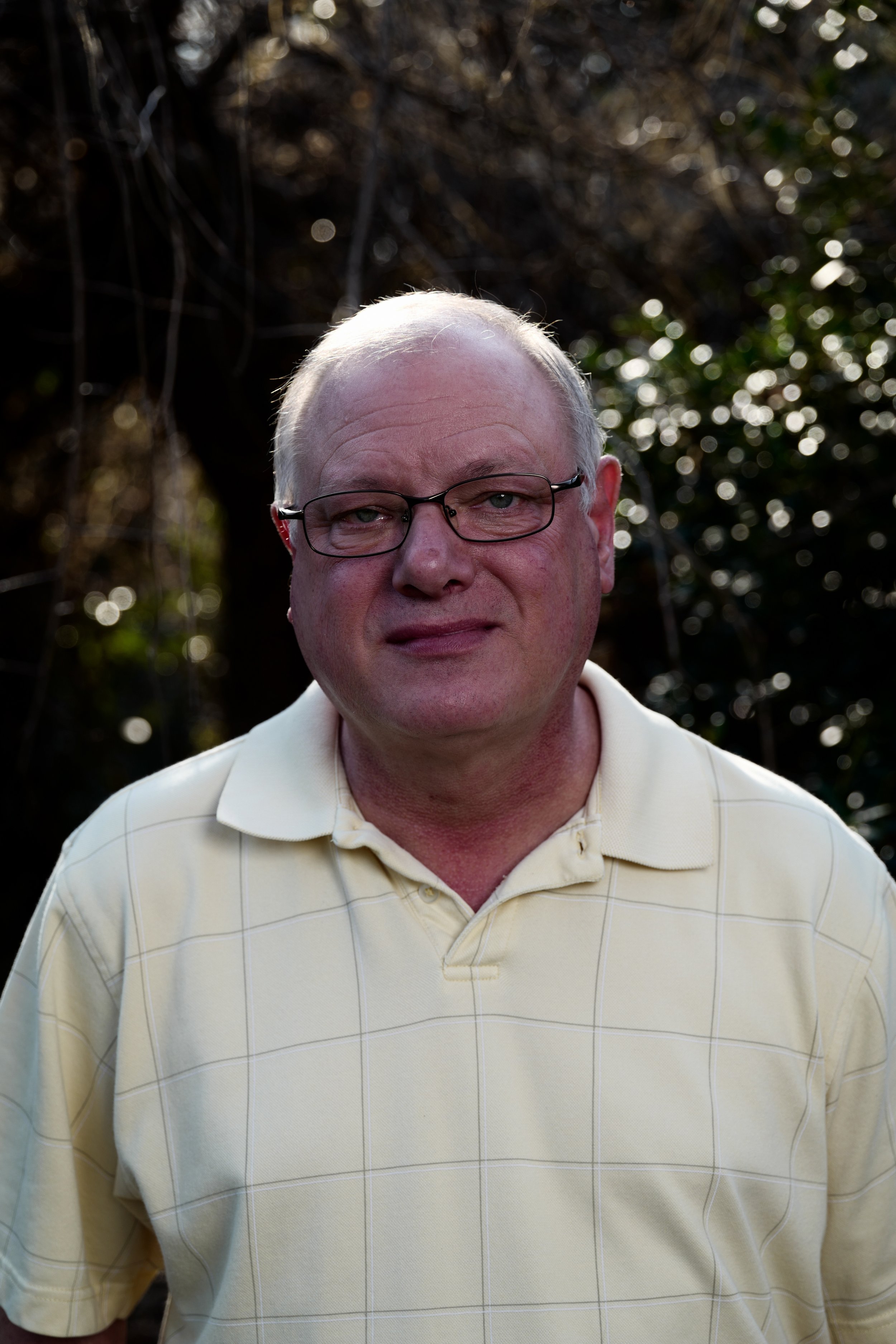Get This Report on Circularly Polarized Luminescence
Get This Report on Circularly Polarized Luminescence
Blog Article
The 7-Minute Rule for Uv/vis
Table of ContentsUv/vis Fundamentals ExplainedExcitement About Circular DichroismOur Uv/vis PDFsThings about Circular DichroismThe Best Guide To Circular Dichroism

Spectrophotometry is a tool that hinges on the quantitative analysis of molecules depending on how much light is taken in by colored compounds.
The Only Guide for Uv/vis
A spectrophotometer is frequently utilized for the measurement of transmittance or reflectance of options, transparent or nontransparent solids, such as polished glass, or gases. Many biochemicals are colored, as in, they soak up visible light and therefore can be determined by colorimetric treatments, even colorless biochemicals can often be converted to colored substances suitable for chromogenic color-forming responses to yield compounds suitable for colorimetric analysis.: 65 Nevertheless, they can likewise be developed to measure the diffusivity on any of the listed light varieties that generally cover around 2002500 nm using different controls and calibrations.
An example of an experiment in which spectrophotometry is utilized is the determination of the equilibrium constant of a service. A certain chemical reaction within a solution might happen in a forward and reverse direction, where reactants form items and items break down into reactants. At some point, this chemical response will reach a point of balance called an equilibrium point.
Circularly Polarized Luminescence Fundamentals Explained
The amount of light that travels through the option is indicative of the concentration of particular chemicals that do not enable light to pass through. The absorption of light is because of the interaction of light with the electronic and vibrational modes of molecules. Each kind of particle has a specific set of energy levels associated with the makeup of its chemical bonds and nuclei and hence will take in light of specific wavelengths, or energies, resulting in special spectral residential or commercial properties.
Making use of spectrophotometers covers different scientific fields, such as physics, materials science, chemistry, biochemistry. spectrophotometers, chemical engineering, and molecular biology. They are extensively utilized in lots of industries including semiconductors, laser and optical manufacturing, printing and forensic examination, in addition to in laboratories for the research study of chemical substances. Spectrophotometry is often utilized in measurements of enzyme activities, decisions of protein concentrations, determinations of enzymatic kinetic constants, and measurements of ligand binding reactions.: 65 Ultimately, a spectrophotometer has the ability to determine, depending on the control or calibration, what compounds are present in a target and precisely how much through computations of observed wavelengths.
This would come as an option to the formerly produced spectrophotometers which were not able to absorb the ultraviolet correctly.
Rumored Buzz on Circularly Polarized Luminescence
It would be found that this did not offer satisfactory outcomes, for that reason in Design B, there was a shift from a glass to a quartz prism which permitted better absorbance results - UV/Vis (https://www.figma.com/file/eT4jdyebIeUQ23ozOL89IX/Untitled?type=design&node-id=0%3A1&mode=design&t=vN0gsYYCmHohU5HF-1). From there, Model C was born with an adjustment to the wavelength resolution which wound up having three units of it produced
It irradiates the sample with polychromatic light which the sample takes in depending on its homes. Then it is sent back by grating the photodiode variety which identifies the wavelength region of the spectrum. Considering that then, the creation and execution of spectrophotometry gadgets has increased immensely and has actually ended up being one of the most innovative instruments of our time.

Rumored Buzz on Spectrophotometers
Historically, spectrophotometers use a monochromator containing a diffraction grating to produce the analytical spectrum. The grating can either be movable or repaired. If a single detector, such as a photomultiplier tube or photodiode is used, the grating can be scanned stepwise (scanning spectrophotometer) so that the detector can measure the light strength at each wavelength (which will represent each "step").
In such systems, the grating is fixed Discover More Here and the intensity of each wavelength of light is determined by a various detector in the array. When making transmission measurements, the spectrophotometer quantitatively compares the portion of light that passes through a reference solution and a test option, then digitally compares the strengths of the two signals and calculates the portion of transmission of the sample compared to the reference standard.

Report this page